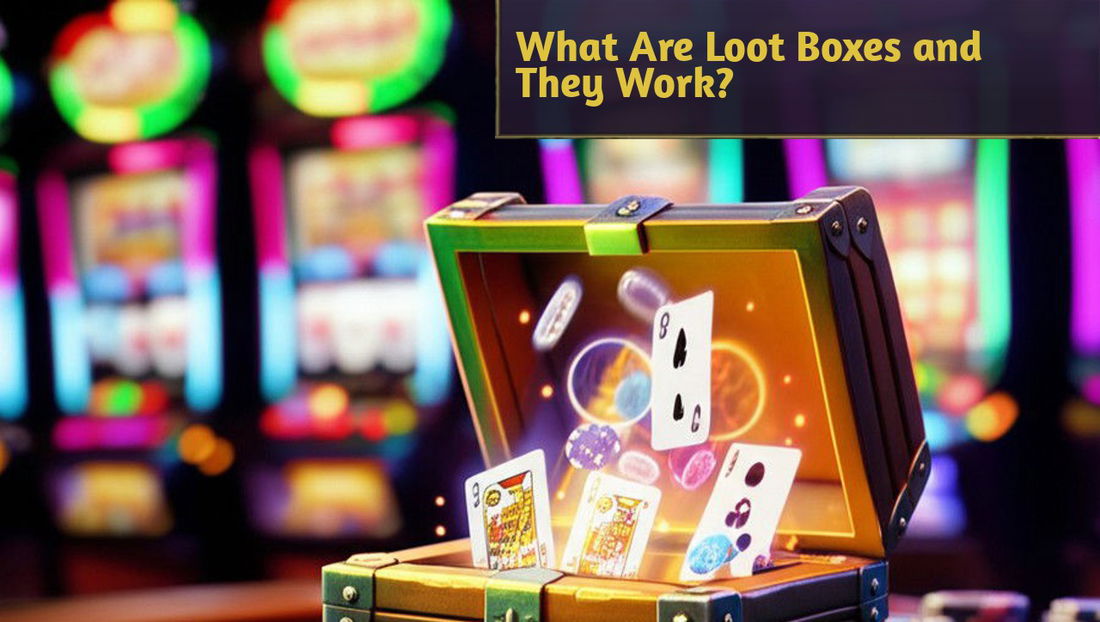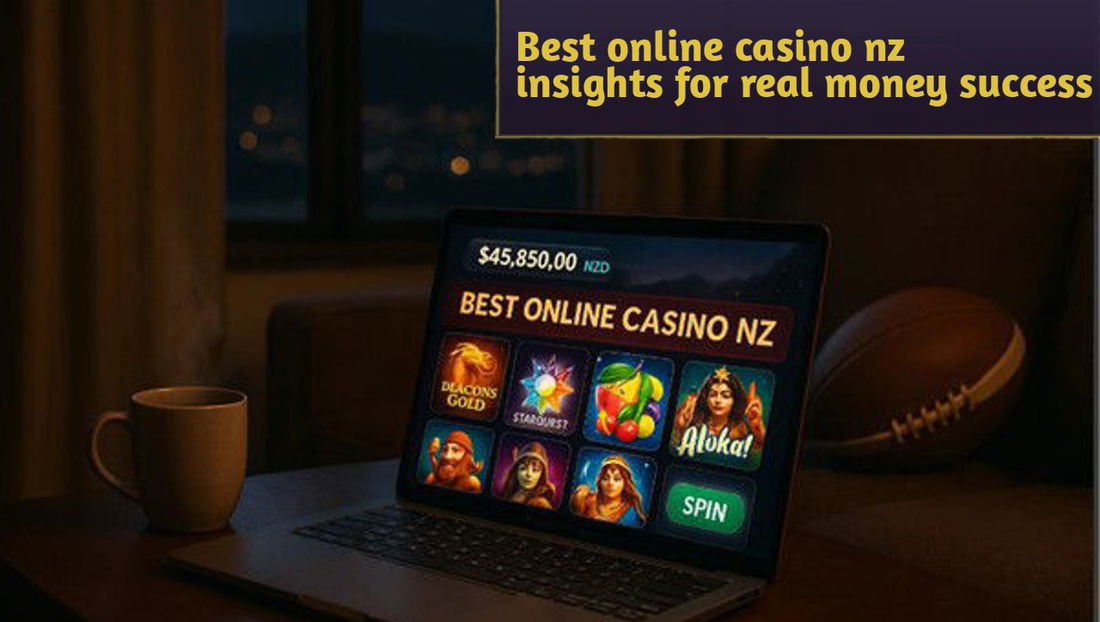Trading Card Games (TCGs) including Pokémon and Magic: The Gathering and Yu-Gi-Oh! have experienced explosive growth in popularity and economic value to become multi-billion dollar industries.
Pokémon cards started as simple lunchbox items but now command serious financial value because some rare cards sell for five or six figures at auctions. The modern appeal of TCGs exists because they combine three elements: gameplay, collectibility and investment potential.
In this article, we’ll take a deeper look at how trading card games have become economic powerhouses, how collectors and players are influencing market trends, and how digital platforms are offering a new lens through which we can understand these changes.
The Resurgence of Pokémon and the Rise of Card Value
The Pokémon TCG has experienced an unexpected renaissance in recent years. What was once a 1990s fad has become a staple of both childhood fun and adult investment. Part of this resurgence is driven by nostalgia in millennials, who grew up during the game's early days, and now have the disposable income to re-engage with their favorite franchise. But that alone doesn’t explain the astronomical rise in card values.
In 2021, a PSA 10-graded 1st Edition Holographic Charizard sold for $420,000. Other rare cards have become blue-chip assets for collectors, whose motivations often mirror those in more traditional markets: buy low, sell high, and protect your investment. Influencers like Logan Paul popularized card collecting by showcasing their acquisitions, turning Pokémon into a social currency once again.
What’s different this time around is the level of infrastructure supporting the hobby. Third-party grading services (like PSA and Beckett) assign cards value by professionally rating their condition, and auction platforms provide global exposure. There's a full-fledged economy built around buying, selling, trading, and grading cards.
The Digital Layer of Online Platforms
Digital technology has been instrumental in driving the expansion of TCGs. Users can collect and battle digital cards through online platforms such as Pokémon TCG Live and Magic: The Gathering Arena. These platforms serve as marketplaces instead of traditional games. Digital rare cards maintain their monetary value in the same way as physical cards because players use them as assets to trade through secondary markets.
The digital transformation of collectible games shows similarities with other entertainment business models. Online casinos use similar gameplay mechanics by uniting conventional games with digital accessibility and immediate playability. Vegas slots online offers users worldwide access to casino-style games through its platform. The platforms deliver an experience through gamification which closely resembles TCG apps by letting users pursue large rewards together with rare outcomes and intense moments of anticipation.
By examining the user behavior behind both industries, we see striking similarities: both reward calculated risk-taking, rely on visual stimulation and branding, and give users a sense of progression. Whether it's unsealing a rare Charizard or hitting a jackpot with free spins, the emotional payoff is built on the same psychological triggers.
Collecting as a Financial Strategy
Collecting trading cards has become a form of portfolio diversification for some investors. It’s not uncommon for high-net-worth individuals to hold part of their alternative asset allocation in graded cards. Much like real estate or fine art, certain TCGs are viewed as appreciating assets that can be held long-term or sold for profit during market peaks.
However, investing in cards is not risk-free. The value of any given card can fluctuate due to reprints, tournament legality, or market oversupply. Unlike stocks, cards lack liquidity and depend heavily on collector interest. That said, many investors are bullish on the TCG market because it’s driven by a fanbase that consumes and engages with the product daily and not just speculators looking for a quick return.
It’s also worth noting how platforms supporting card games borrow loyalty and monetization techniques from other industries. For instance, online casinos are experts in building loyalty through tiered rewards. Casino rewards programs give returning players incentives like free spins or exclusive bonuses. Similarly, many TCG platforms offer limited-run cards or exclusive event access, rewarding users for consistent engagement.
TCGs as Cultural and Economic Currency
At their core, trading card games are a unique blend of art, gameplay, and commerce. The rarest cards become status symbols, the way luxury watches or limited-edition sneakers do. Tournaments and events keep communities engaged, while streaming and YouTube unboxings give fans another way to participate.
With more brands entering the space—from anime IPs to esports franchises—the scope of the TCG economy will only expand. What began as kids trading cards on playgrounds is now a global culture, complete with its own set of rules, influencers, and high-stakes economics.










— commentaires 0
, Réactions 1
Soyez le premier à commenter